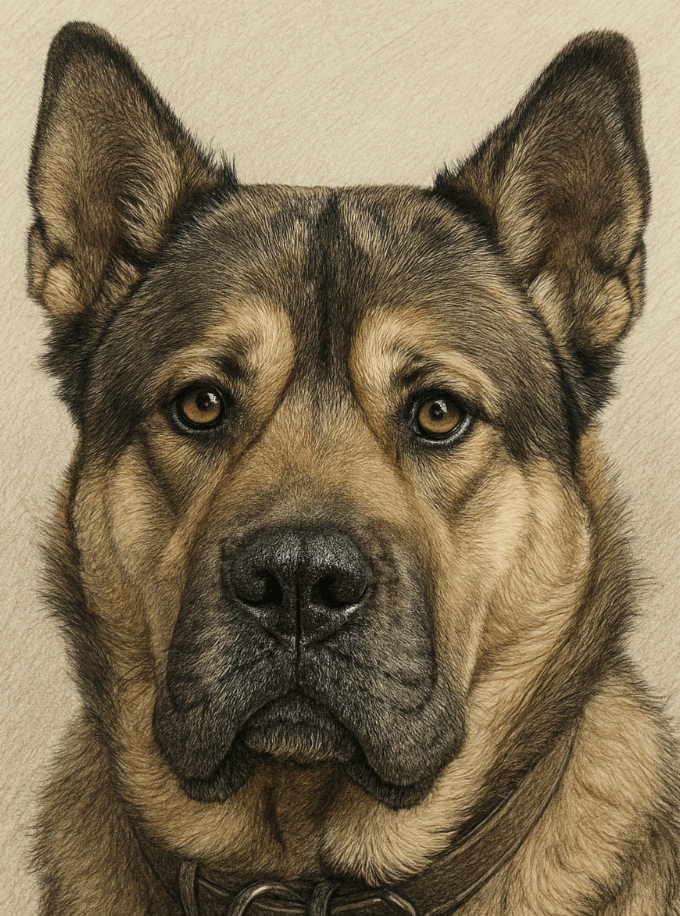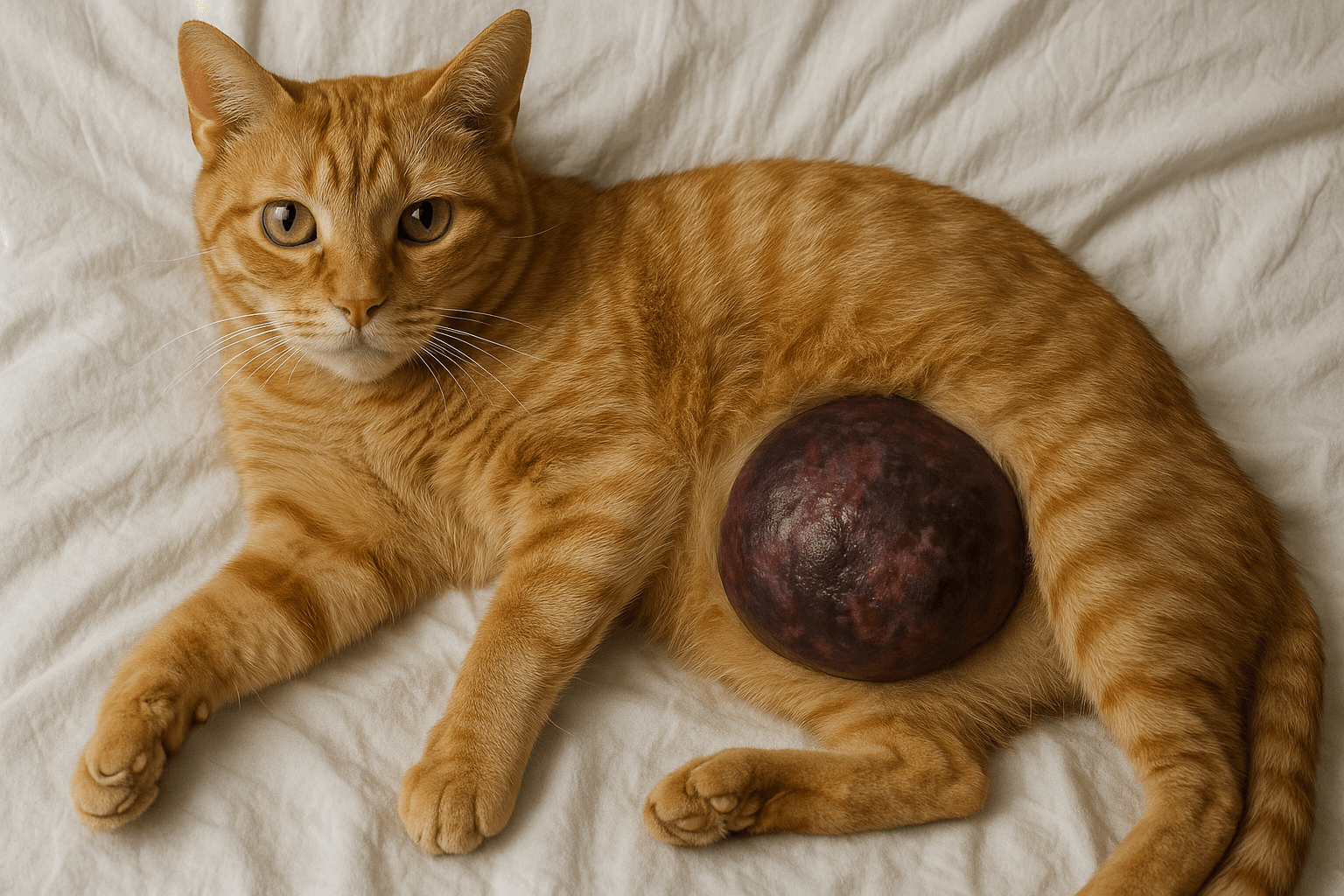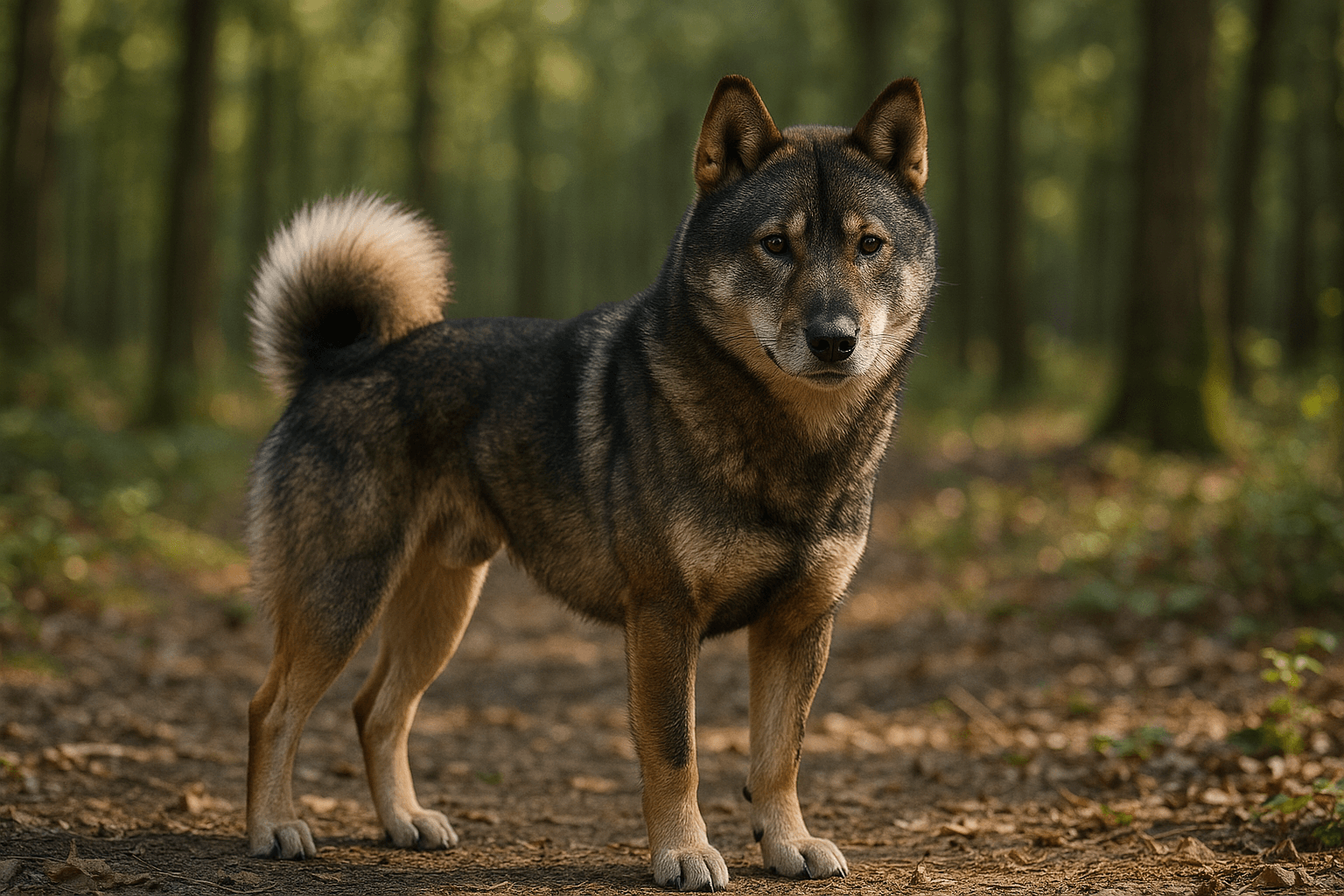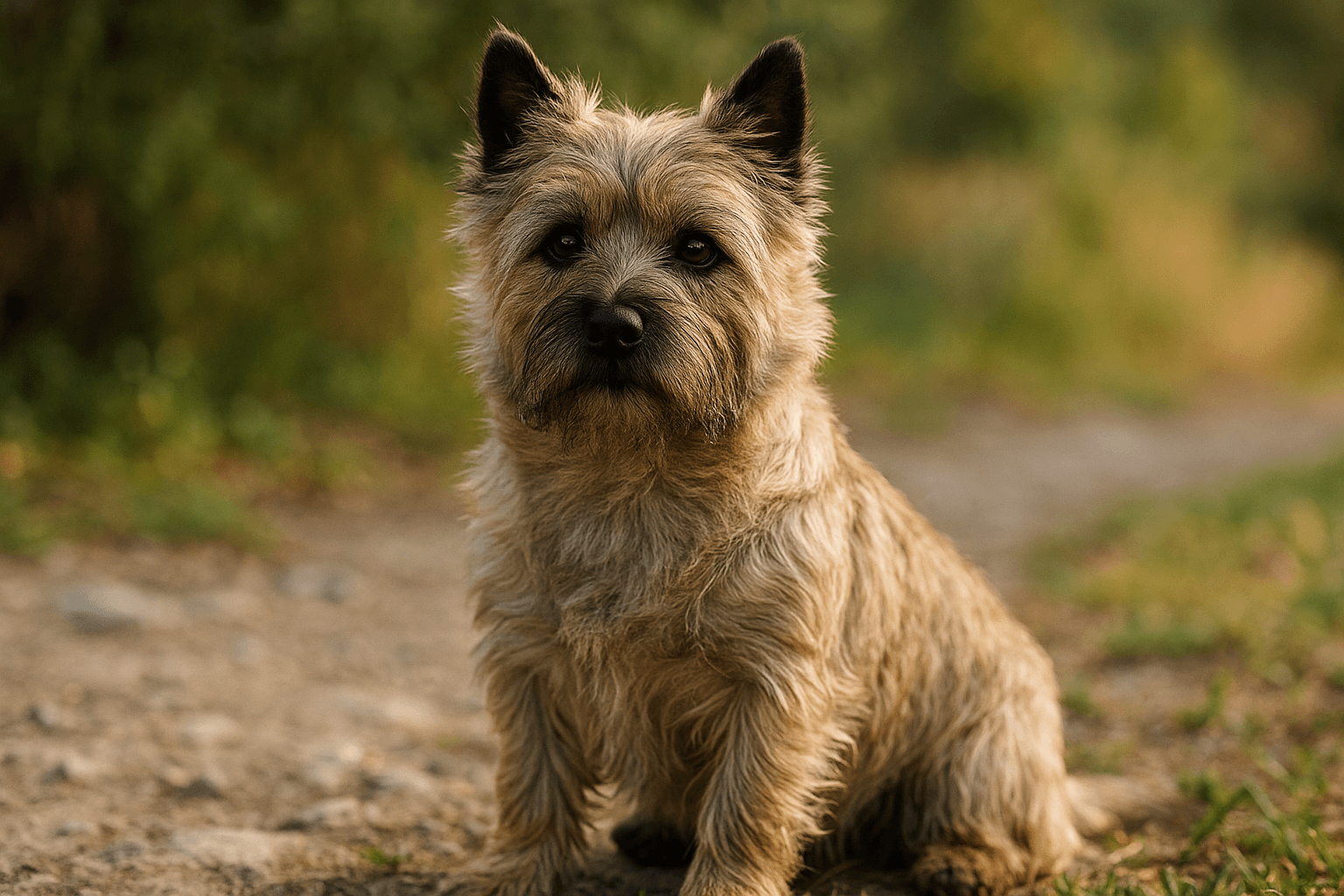Husky Mastiff Mix: A Unique Blend of Strength and Spirit
The Husky Mastiff mix is a fascinating hybrid that combines the best traits of two remarkable breeds: the energetic Siberian Husky and the powerful Mastiff. This designer dog offers a unique blend of size, strength, and personality, making it an intriguing choice for families and individuals alike. Whether you’re drawn to their striking appearance, loyal nature, or playful demeanor, understanding what makes this mix special is key to deciding if they’re the right fit for your lifestyle. In this blog post, we’ll explore everything about the Husky Mastiff mix—from their origins and temperament to care tips and training advice—to help you make an informed decision.
Key Characteristics of the Husky Mastiff Mix
The Husky Mastiff mix inherits a variety of traits from its parent breeds, resulting in a dog that’s both strong and spirited. Here are some defining characteristics of this unique hybrid.
Size and Build:
Typically large to giant-sized, these dogs can weigh anywhere from 70 to 150 pounds, depending on their genetic makeup.Energy Levels:
While Mastiffs tend to be more laid-back, Huskies are highly energetic. Expect a mix of moderate to high energy, requiring regular exercise.Loyalty and Protective Nature:
Both parent breeds are known for their loyalty, making this mix an excellent guard dog and family protector.Playful Personality:
The Husky’s playful side often shines through, bringing fun and liveliness into your home.Shedding and Grooming Needs:
With thick double coats similar to the Husky, this mix sheds heavily and requires frequent brushing to keep their fur healthy.
These traits make the Husky Mastiff mix a dynamic and loving companion, but they also demand commitment and care from their owners.
Physical Appearance of the Husky Mastiff Mix
The Husky Mastiff mix boasts a striking and impressive appearance, blending the physical features of both parent breeds. Here’s what you can expect in terms of their looks.
Coat Type and Colors:
Their coat is usually dense and may come in colors like black, white, gray, brindle, or fawn, often with distinctive markings.Facial Features:
They might inherit the Husky’s piercing blue eyes or the Mastiff’s expressive brown eyes, adding to their charm.Body Structure:
Muscular and sturdy, they have a balanced build that reflects the athleticism of the Husky and the bulkiness of the Mastiff.Tail Shape:
The tail could be long and fluffy like a Husky’s or shorter and thicker like a Mastiff’s, depending on genetics.Height Range:
Standing between 24 to 30 inches at the shoulder, they have a commanding presence that suits their protective instincts.
Their unique appearance makes the Husky Mastiff mix a standout breed for those who appreciate a mix of elegance and power.
Check this guide 👉German Shepherd Husky Mix White: Best 7 Expert Tips!
Check this guide 👉Husky Labrador Mix: Best 7 Expert Tips!
Check this guide 👉Alaskan Malamute vs Siberian Husky: Best 7 Expert Tips!

Pros of Owning a Husky Mastiff Mix | Cons of Owning a Husky Mastiff Mix |
|---|---|
Loyal and protective family companion | Requires significant space and exercise |
Playful and affectionate personality | Heavy shedding and grooming needs |
Intelligent and trainable | Can be stubborn during training |
Great with children when socialized | Prone to separation anxiety |
Long lifespan (10-12 years) | Potential health issues due to size |
Training Tips for Your Husky Mastiff Mix
Training a Husky Mastiff mix requires patience, consistency, and positive reinforcement. Their intelligence and independent streak mean they need firm yet gentle guidance.
Start Early:
Begin obedience training and socialization as a puppy to establish good habits and prevent behavioral issues later.Use Positive Reinforcement:
Reward-based methods, such as treats, praise, and playtime, work best to motivate this eager-to-please yet stubborn breed.Focus on Mental Stimulation:
Incorporate puzzle toys, scent games, and advanced commands to keep their sharp minds engaged and prevent boredom.Set Clear Boundaries:
Establish rules early on and enforce them consistently to avoid confusion or disobedience.Be Patient with Stubbornness:
Both Huskies and Mastiffs can display stubborn tendencies; persistence and calmness are key to overcoming resistance.
With dedication and consistency, training becomes a rewarding experience that strengthens your bond with your Husky Mastiff mix.
Exercise Needs of the Husky Mastiff Mix
As a large and active breed, the Husky Mastiff mix requires ample physical activity to stay healthy and happy. Neglecting their exercise needs can lead to destructive behaviors or weight gain.
Daily Walks and Runs:
Aim for at least 1-2 hours of exercise daily, including brisk walks, runs, or hikes.Interactive Playtime:
Games like fetch, tug-of-war, and frisbee provide both physical exertion and bonding opportunities.Mental Challenges:
Combine physical activity with mental tasks, such as hiding treats for them to find or teaching new tricks.Supervision During Play:
Avoid leaving them unsupervised in open spaces, as their prey drive may lead them to wander off.Cool Down Periods:
After vigorous exercise, ensure they have time to cool down to prevent overheating or injury.
Meeting their exercise requirements ensures a calm, content, and well-adjusted companion at home.
Common Misconceptions About the Husky Mastiff Mix
Despite their growing popularity, several misconceptions surround this hybrid breed. Clarifying these myths helps set realistic expectations for potential owners.
They Are Aggressive by Nature:
While protective, they are not inherently aggressive when properly trained and socialized.They Don’t Need Much Attention:
On the contrary, they thrive on human interaction and suffer from separation anxiety if neglected.All Mixes Look the Same:
Appearance varies widely depending on which parent breed traits dominate genetically.They’re Easy to Train Without Effort:
Though intelligent, they still require consistent training and patience to reach their full potential.They’re Only Suitable for Experienced Owners:
While challenging, novice owners can succeed with research, preparation, and professional guidance.
Dispelling these myths ensures a deeper understanding of this incredible breed.
Health Considerations for the Husky Mastiff Mix
Like all breeds, the Husky Mastiff mix is prone to certain health issues inherited from their parents. Being aware of these risks allows you to take preventive measures.
Hip Dysplasia:
A common condition in large breeds, causing joint pain and mobility issues. Regular exercise and weight management help reduce risk.Bloat (Gastric Torsion):
Rapid eating and stress increase the likelihood of bloat; feeding smaller meals and using slow-feed bowls helps mitigate this.Heart Conditions:
Some mixes may inherit heart issues; routine cardiac screenings are recommended.Skin Allergies:
Many Husky Mastiff mixes develop sensitivities; hypoallergenic diets and regular grooming can alleviate symptoms.Eye Disorders:
Progressive retinal atrophy (PRA) can occur; routine eye exams help detect problems early.
Proactive healthcare ensures a longer, healthier life for your beloved pet.
Fun Activities to Enjoy with Your Husky Mastiff Mix
Living with this energetic hybrid means embracing an active lifestyle. These fun activities will strengthen your bond while keeping them physically and mentally stimulated.
Canine Sports:
Participate in competitions like agility, flyball, or weight-pulling to showcase their skills and boost confidence.Long Hikes in Nature:
Explore trails together, allowing them to sniff, run, and burn off excess energy in a natural setting.Swimming Sessions:
Many Husky Mastiff mixes enjoy water; swimming provides excellent low-impact exercise.Obedience Challenges:
Create mini obstacle courses at home or practice advanced tricks to sharpen their focus and discipline.Interactive Toys:
Puzzle feeders, treat-dispensing balls, and chew toys keep them entertained when you’re busy.
Engaging in these activities ensures a fulfilling life for your adventurous companion.
Frequently Asked Questions About the Husky Mastiff Mix
Is this mix suitable for apartment living?
While possible, they are better suited for homes with yards due to their size and energy levels.
Are they good with children?
Yes, with proper training and supervision, they can be excellent family pets who form strong bonds with kids.
Do they get along with other pets?
Early socialization is key to fostering positive relationships with other dogs and animals.
How much grooming do they need?
Frequent brushing (2-3 times a week) is necessary to manage heavy shedding and maintain their coat.
What health issues should I watch for?
Potential concerns include hip dysplasia, bloat, and heart conditions; regular vet check-ups are essential.
Embracing Life with a Husky Mastiff Mix
The Husky Mastiff mix is a remarkable companion, blending the strength and loyalty of a Mastiff with the energy and spirit of a Husky. Their unique combination of traits makes them a joy to own, but they also require significant time, effort, and dedication. By understanding their needs and committing to their care, you’ll be rewarded with a lifelong partnership filled with love, protection, and unwavering companionship. If you’re ready for the challenge, this extraordinary hybrid could become your ultimate furry best friend.
Spleen Cancer in Cats: Best 7 Expert Tips! – Expert insights on symptoms, care, treatment & quality of life for feline spleen cancer.
Dog Mastitis Treatment: Best 7 Expert Tips! – Safe, vet-approved care for nursing moms & prevention strategies.
The Shikoku Ken Dog: Best 7 Expert Tips! – Discover expert care, training & health advice for this rare, loyal Japanese mountain breed.
The Cairn Terrier Dog Breed: Best 7 Expert Tips! – Discover care, training & health advice for this spirited, loyal Scottish terrier.




